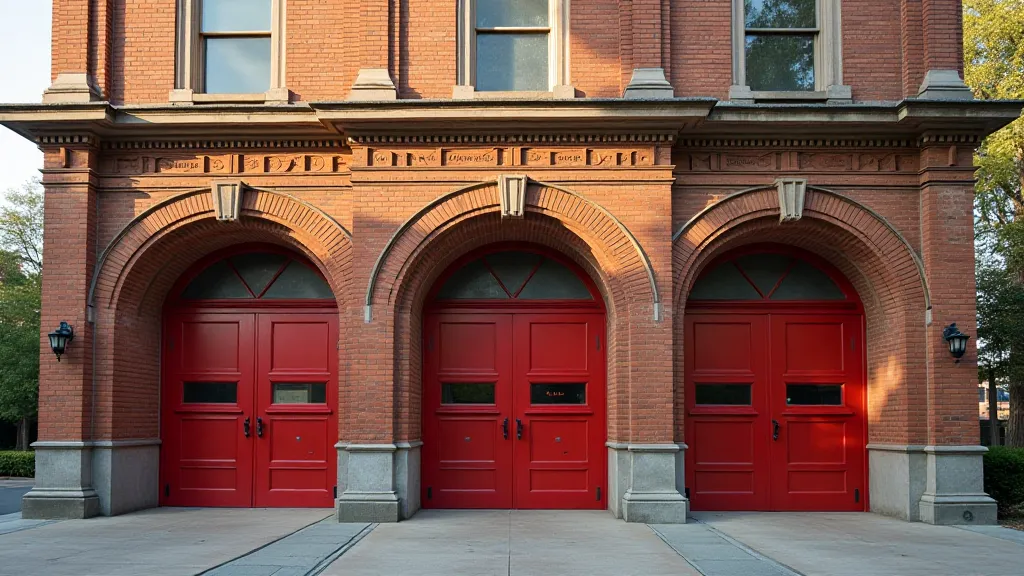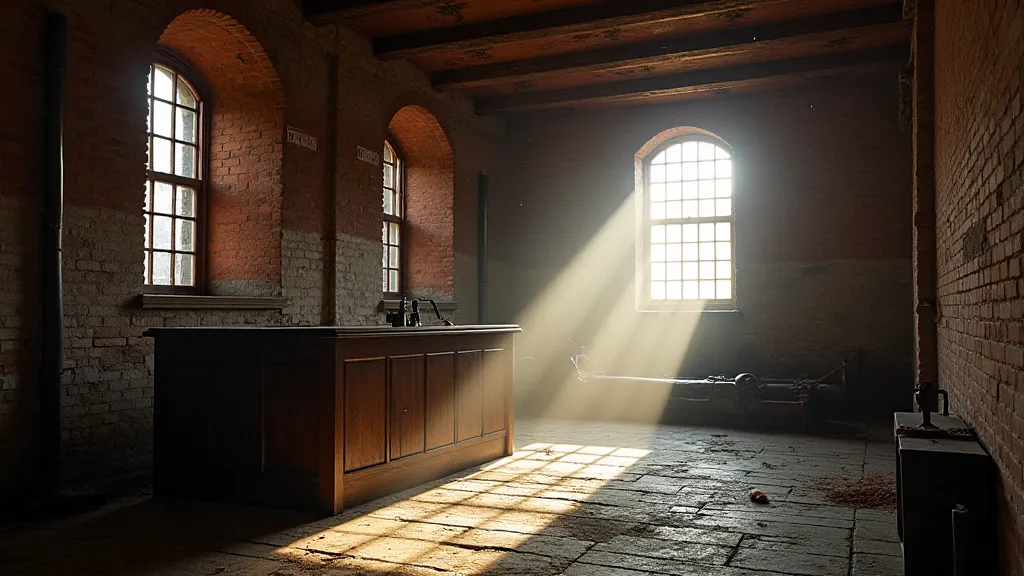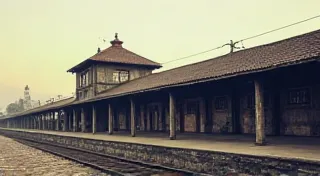The Old Fire Station: Protecting the Region
The Old Fire Station stands as a silent sentinel, a tangible link to a time when community resilience and bravery were essential for survival. For decades, it served as the cornerstone of emergency services in our region, safeguarding lives and property. This article delves into its fascinating history, architectural details, and the vital role it played in the lives of countless residents.
Early Days: A Growing Need
The late 19th and early 20th centuries were a period of rapid growth for our region. The burgeoning industries and expanding population brought prosperity, but also increased the risk of fire. Prior to the Old Fire Station’s construction, fire protection was largely reliant on volunteer bucket brigades, a precarious and often inadequate response to significant blazes. The growing need for a professional, equipped fire department became increasingly apparent. This era also saw rapid changes in commerce and social structures, often necessitating new community buildings – much like the development of institutions we celebrate today, such as the general store, which served as a vital hub for supplies and information.
Construction of the Old Fire Station began in [Insert Year] and was completed in [Insert Year]. Funded by [Insert Funding Source], it represented a significant investment in the safety of the community. The building was strategically located on [Insert Location] to ensure rapid response to fires throughout the region. Its emergence reflected a broader pattern of investment in regional infrastructure, similar to how the old mill once powered the region for generations.

Architectural Significance
The Old Fire Station is a prime example of [Insert Architectural Style] architecture, reflecting the prevailing aesthetic of the era. Its design incorporated both functionality and beauty. The robust brick construction provided durability, while the prominent tower housed the fire bell, a constant reminder of the station's presence. Large, arched doorways accommodated the fire engines, and strategically placed windows allowed for ventilation and natural light.
Notice the intricate detailing around the windows and cornices. These elements, typical of [Insert Architectural Style] design, showcase the craftsmanship of the era. The building's symmetrical facade and imposing stature conveyed a sense of strength and reliability. Architectural details like these weren't unique to the fire station; they were often mirrored in important public buildings, such as the Town Hall, where decisions impacting the entire region were made.
The interior layout was also carefully planned. A spacious engine room housed the fire engines, while living quarters provided a home for the firemen on duty. A training room allowed for drills and familiarization with equipment. The building was designed to be both a functional workspace and a comfortable living environment for the dedicated men and women who served the community. Preserving these details – both structural and social – is vital to understanding the evolving narrative of our region.
The Brave Men and Women Who Served
The Old Fire Station was more than just a building; it was a hub of community spirit and dedication. The firefighters who served here were brave and selfless individuals, risking their lives to protect their neighbors. They responded to a wide range of emergencies, from house fires to industrial accidents. The commitment to preserving their legacy, just as we strive to preserve the artifacts and stories housed within the Regional Museum, is a testament to their importance.
Life at the station was demanding, often involving long hours and dangerous conditions. But the firefighters were united by a common goal: to serve and protect the community. [Insert Anecdote about firefighters or a significant fire incident if available]. Their stories of courage and sacrifice are an integral part of our region’s history. The dedication required to operate the equipment and navigate challenging circumstances resonates with the ingenuity demonstrated by those who built and operated vital infrastructure like the old mill.

Transition and Legacy
As our region continued to grow, so did the demands placed on the fire department. In [Insert Year], the Old Fire Station was decommissioned and replaced by a modern facility equipped with advanced technology. While no longer serving as a fire station, the Old Fire Station has been preserved as a valuable historical landmark. The evolution of our community, from relying on bucket brigades to sophisticated emergency response systems, reflects a broader societal shift toward progress and innovation. Much like the changes undergone by the general store, reflecting evolving consumer needs, the fire station's decommissioning signaled a new era.
Today, the building houses [Insert Current Use of Building]. Its preservation ensures that future generations can learn about the vital role it played in our region’s history and appreciate the sacrifices made by the brave men and women who once called it home. The Old Fire Station serves as a powerful reminder of the importance of community, courage, and commitment to public service. We are fortunate to have preserved not only physical structures like the Old Fire Station, but also the stories and memories associated with them, ensuring their enduring significance for years to come.

The transition away from the Old Fire Station's original purpose and into a new role as a preserved historical landmark highlights a recurring theme within our region's evolution – repurposing existing structures to serve new generations. This echoes the way the old mill, initially built for a very specific industrial need, became a testament to the region’s history and a reminder of its industrial past.
Further Exploration
Understanding the Old Fire Station's place within our regional history requires recognizing its interconnectedness with other institutions and businesses that shaped our community. Exploring these links allows us to paint a more complete picture of life in our region during the late 19th and early 20th centuries.
- The Regional Museum: A treasure trove of artifacts and stories detailing the region's past, offering a broader context for understanding the Old Fire Station's significance.
- The Old Mill: A symbol of the region's industrial development, providing insight into the economic forces that shaped our community.
- The Town Hall: The heart of local government, where decisions impacting the region were made and debated.
- The General Store: A vital hub for commerce and community interaction, reflecting the everyday lives of our residents.





